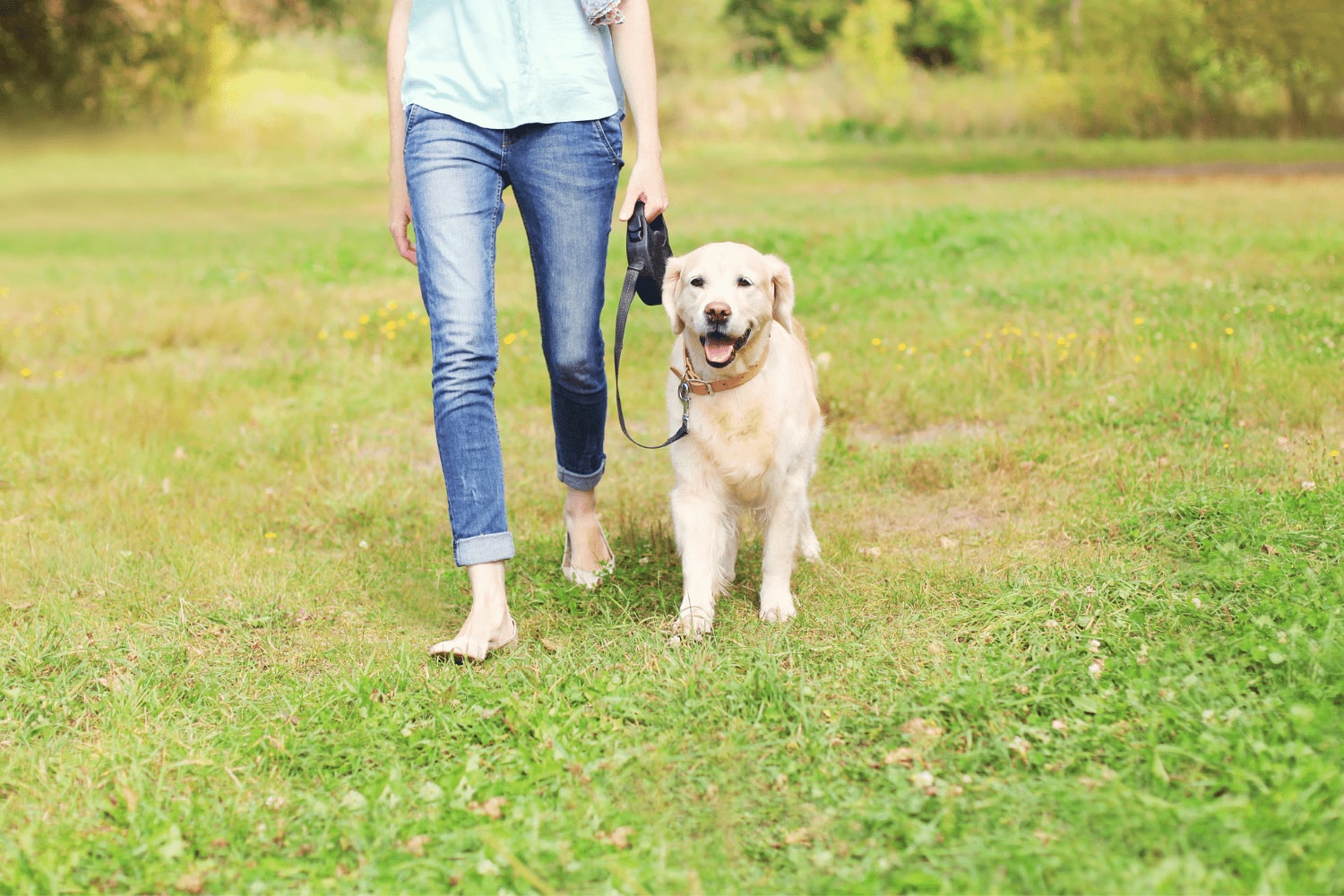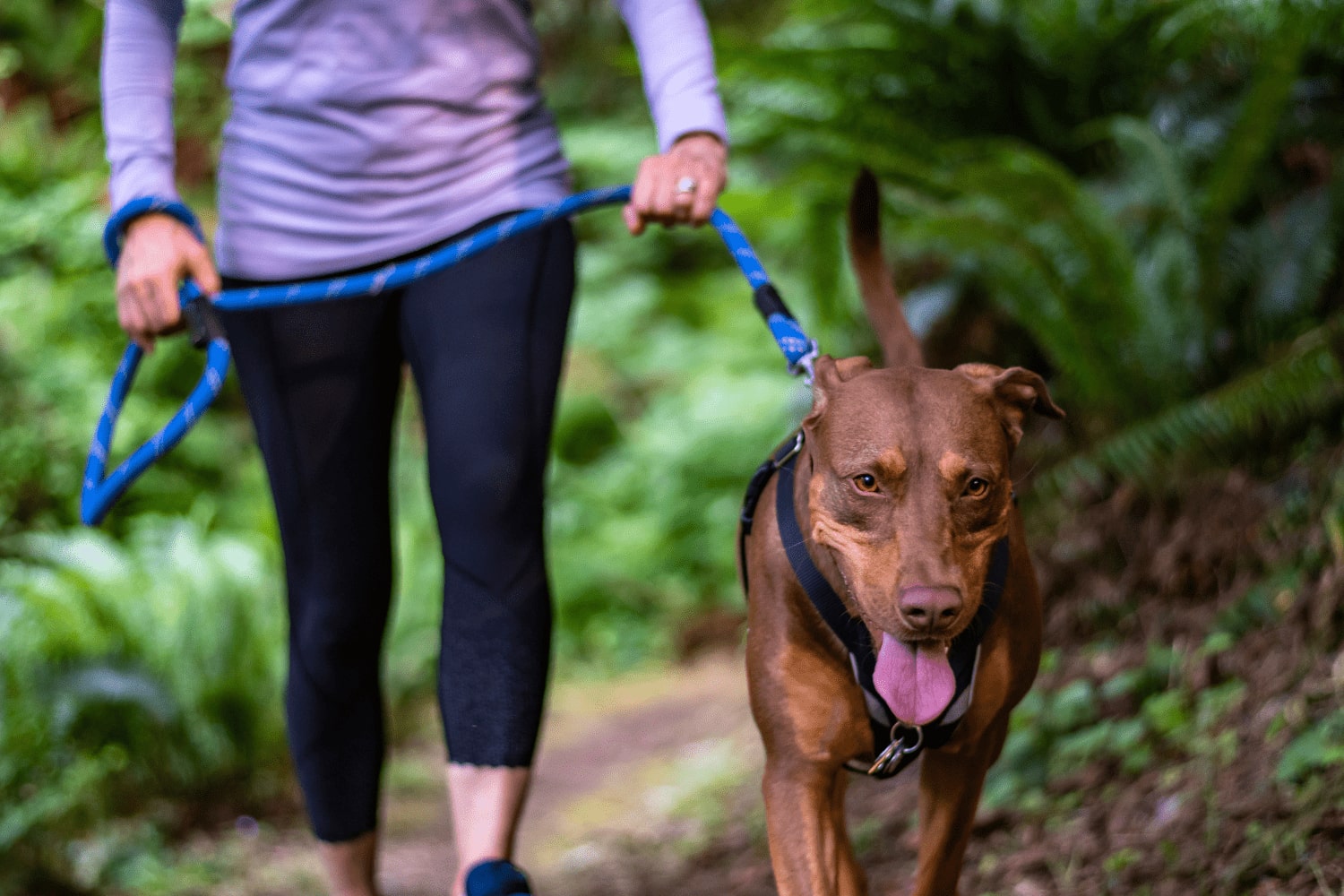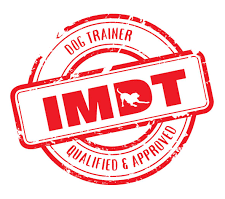Pulling on the Lead
Is your dog an embarrassment as he tows you along the pavement on your daily walks?
Do you envy those people whose dogs walk nicely to heel? Wish that it could be you and your dog, but don’t know how to get to that stage? Don’t worry, help is at hand! In this blog post, we’ll talk a bit about why dogs pull on the lead, and how you as their owner can work with them to combat this really prevalent issue for dogs and their owners everywhere.
Firstly, why do dogs pull on the lead? In short, the difference between the dog that pulls and the dog who walks nicely to heel is all a matter of their expectation and reward. The dog that pulls on the lead believes pulling gets him where he wants to go faster (i.e., the park!). And on the other hand, the dog that walks to heel realises that pulling gets them nowhere and it is actually being obedient and listening to their owner that unlocks that trip to the park.
Great. You’ve wasted your breath trying to teach your four-legged friend not to pull on the lead a thousand times, and they are still taking absolutely no notice! So, let’s try looking at this in terms that the dog understands, and how practising loose lead walking can help you to solve this problem.
Pulling as a Reward
The dog wants to get to the park. He pulls on his lead. Then a short while later, hey presto! He gets to the park. This is what he wanted all along, to play in the park and get his exercise. So, can you see how the dog mistakenly makes the link that pulling on the lead is what they’re expected to do by their owner in order to reach a goal or reward such as going to the park?
So how can you turn things around?
You have to retrain your dog so that, instead of them linking pulling on the lead with getting to the park, they begin to link it with everything taking longer to achieve. In other words, when your dog pulls on the lead, you stop in your tracks and take three steps back. Not only is your dog’s attempt at speeding to the park foiled, but it takes you both longer to get there (and thus longer to get their reward!). Once your dog is calm and sitting to attention, you can start on your journey again.
This disadvantage of doing this is that it can take forever to get anywhere, especially at first. So, it’s a good idea to start when you have plenty of time and can afford to be patient.
Rewarding other behaviours: loose lead walking

If your dog’s tugging habit is firmly entrenched, and you aren’t making enough progress with the stop-start method mentioned above, it’s probably time to up the ante! You can do this by gradually teaching your dog about a better way to walk. If you dream of a dog that walks nicely by your side, doesn’t pull on the lead, and knows how to obey your every command, this is a really good method to teach them. Your dreams of a well-behaved dog on the lead can be achieved with some firm and consistent training, so your dog learns what you expect of them when you’re walking out and about on the lead. This method is called loose lead walking and it’s a widely accepted method for training your dog to stop pulling on their lead.
How can you start training your dog with this method?
As is the case when introducing most new dog training methods, it’s a good idea to start in a place with few distractions. Your home is a good place to start as your dog knows it well and is less likely to be distracted. To start, your dog should be off the lead. Then, you should give them a tasty treat to make sure that you’ve got their full attention. Your dog’s eyes should be glued to that tasty morsel, so you should be able to walk a few steps and get them to follow you. Then, simply stop. Ignore your dog, and have them work out that the only way to get that treat they so desire is to sit nicely. Often, it might be that your dog is so perplexed that they sit down simply to try and work out what to do. Bingo! Give them the food reward for a job well done. You can now repeat this step until your dog really gets the hang of it.
But what’s the point of this, and how does it help with loose lead walking? In short, the idea is that your dog thinks for themselves. By doing this, they work out that when you’re walking and stop, if they sit down calmly, they get a treat. See what happened there? You can easily translate this new skill to walking out and about, and get the lead involved!
The next step of this training takes place when you’re out on a walk, and your dog is now on the lead. If they go to lunge ahead and pull on the lead, you stop (in a similar way to the atop-start method we’ve already mentioned). But this time, your dog should put into practice what they’ve learned, and eventually sit down. The stop – sit – treat link has kicked in, and they will sit down to receive their reward! The beauty of this method is that, whilst your dog is sitting, waiting for their treat, they aren’t pulling on the lead and are under your full control. Ta-dah! You have mastered the basics of loose lead walking.
With consistent practice, every single time your dog goes to pull on the lead whilst out on a walk, you will soon get them under your control, and pulling on the lead in expectation of getting to the park faster will be a thing of the past. This method does need to be applied consistently to be the most effective. So, make sure that everyone who takes your dog out on a walk knows what to do if they start pulling on their lead. This will help to stop your dog from getting confused, and ensure that they learn what’s expected of them faster.
More tips for loose lead walking and other issues
Of course, every single dog is different and will face different challenges as a result. While following these tips to help you and your dog master this skill and stop pulling on the lead will work for many people, for others there may be other behavioural issues that need proper training in order to correct. Here at Royvon, we have years of experience working with dogs of all breeds, sizes, and ages, who encounter all sorts of different issues! If you need clear expert advice, we can provide dog training sessions both in-person and virtually. Please visit our website to find out more, or get in touch today to discuss your particular circumstances and how we can help you and your dog live a happy, harmonious life together.





[…] these Summer months offer some of the absolute best opportunities you’ll ever find! From simple walking to camping, hiking, and playing in the dog park all the way up to advanced agility training, there […]
We have a 14 week old boxer puppy who sometimes walks nicely on her lead but most of the time has started pulling and I content any bad behaviour to set in.